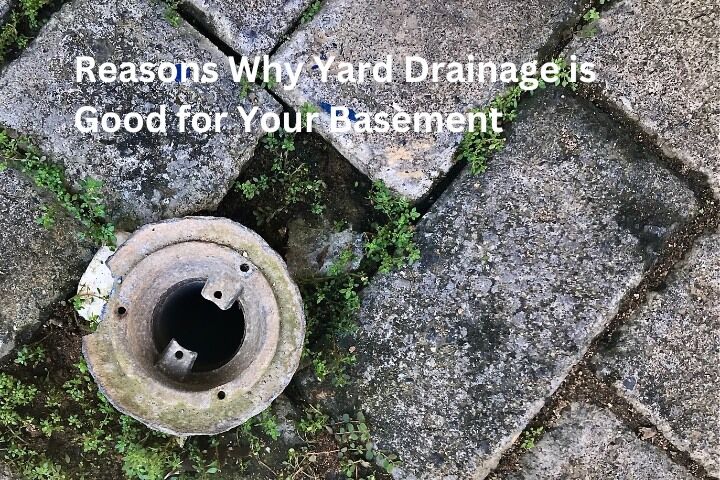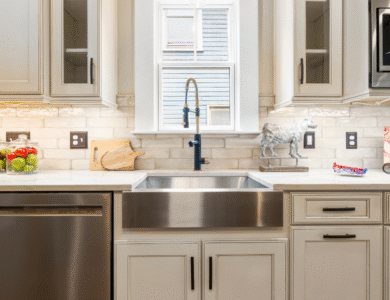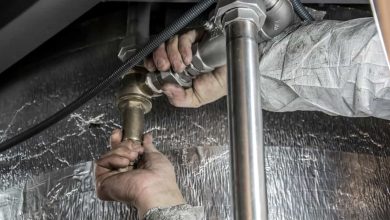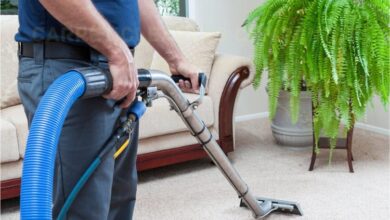
A dry basement is essential for maintaining the structural integrity of your home, protecting your possessions, and ensuring a healthy living environment for many years to come. However, many homeowners struggle with water in their basement, unsure of the root cause.
Water in the basement can be caused by a wide variety of factors, including poor yard drainage. In this article, we will explore the importance of proper yard drainage to help ensure a dry basement. We will also share tips on how you can improve yard drainage and prevent water damage from impacting your home.
From understanding the cause of a wet basement to learning about methods for improving yard drainage, we’ve got you covered.
What Cause Wet Basement?
Wet basements can occur for many different reasons. Sometimes there is more than one root cause, so it’s important to work with an experienced basement waterproofing company to help determine the source of the problem and the best solution.
In many cases, external drainage solutions may be needed to protect your home and foundation from damage. A wet basement is nobody’s friend, so don’t ignore it!
These are the most common causes of a wet basement:
- Poor yard drainage
- Clogged gutters and downspouts
- Cracks and leaks in the foundation
- Damaged foundation
- Improper drainage solutions
Poor drainage is a common cause of water in the basement. A slope that leads water back to your home can be a major problem. If you have drainage solutions in place that aren’t working properly, you could be putting your home’s foundation at risk.
Importance of Proper Yard Drainage
Having proper yard draining in place can do a lot for the integrity of your home and its foundation. The more that you can do to keep water out of and away from the basement, the safer your home is going to be.
Here are some of the benefits of proper yard drainage:
- No pooling water
- A protected foundation
- Less risk of water damage
- Preventing mold growth
- Structural integrity
By protecting your basement, you can protect your home as a whole. When water gets into the basement, it wreaks havoc on the entire foundation. Eventually, put down your entire structure at risk.
There are different methods that you can considered. Working with professionals is the best way to determine your proper solution.
Methods for Improving Yard Drainage
You have a few different choices when it comes to yard drainage and ensuring you have a dry basement. If you take steps to be proactive, you will experience far better results. Some yard drainage solutions, such as a French drain, may be placed on the interior of your property.
These are some yard drainage solutions:
- Proper guttering
- Downspout placement and length
- Dry well installation
- Ground sloping
- Retaining walls
- External drainage
Proper guttering and downspouts are the most common exterior drainage issues. These components can get blocked or start to fall apart and no one notices. The downspouts need to extend far enough that they don’t bring water back toward the foundation.
Dry wells are an effective choice to help accumulate excess water and direct it elsewhere. These are typically large projects that are best for large properties or major water and drainage needs.
Retaining walls and other external drainage solutions can sometimes be a good fit as well. Your solution will depend on your yard and establishing the best method to provide drainage there.
Get Professional Help with a Dry Basement
Having proper yard drainage in place is one of the key elements of a dry basement. Drycrete Waterproofing has more than 30 years of experience in the waterproofing industry. We can help you assess your drainage needs and come up with the perfect solution to keep your basement dry and protected.
Also read:





One Comment